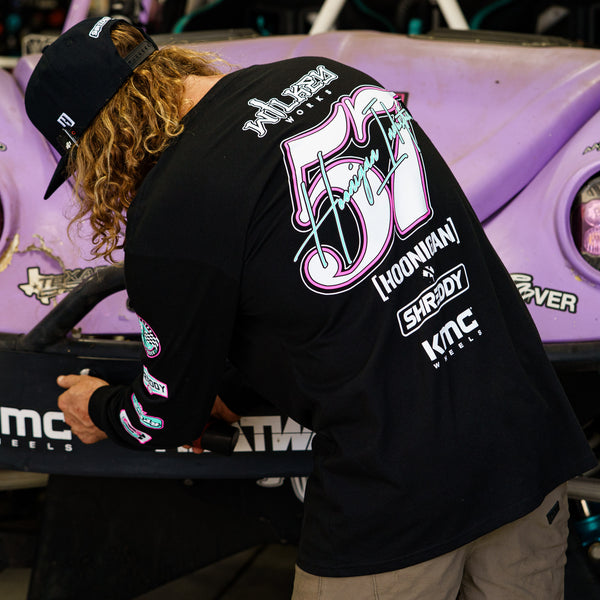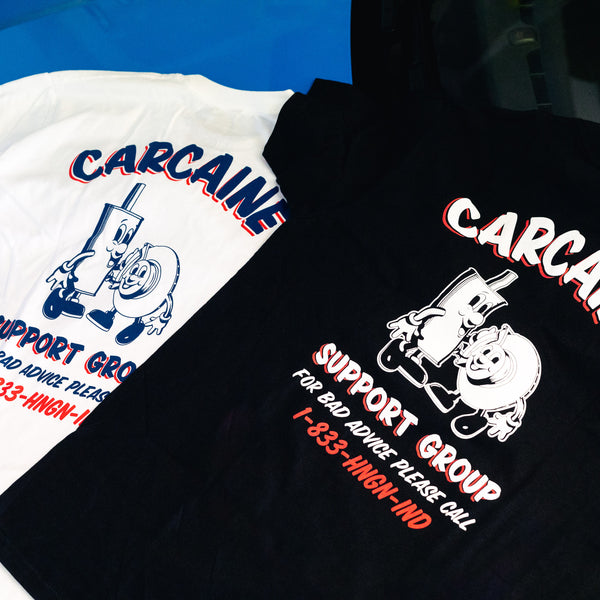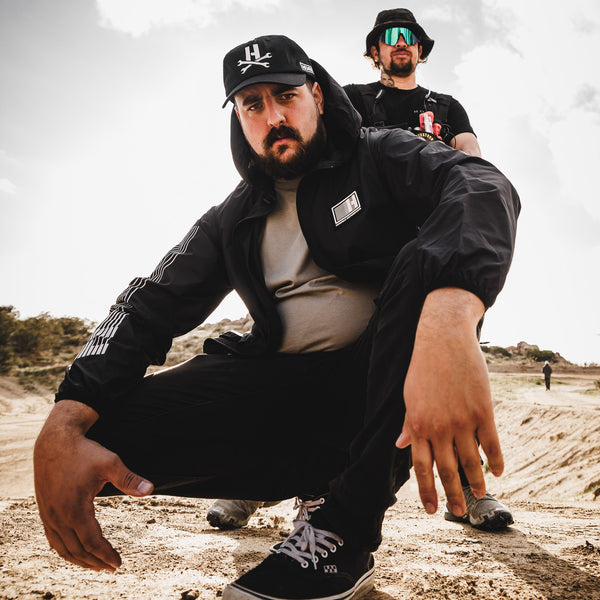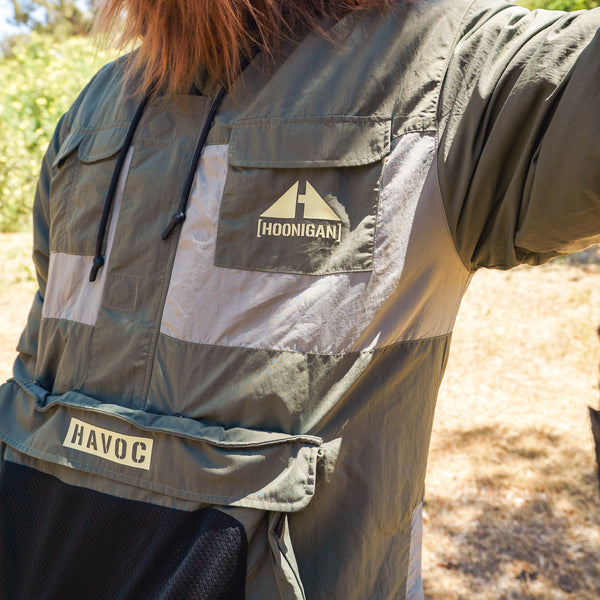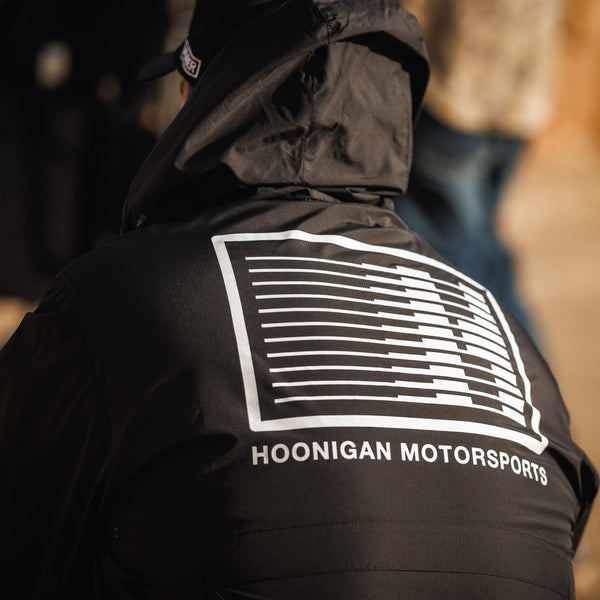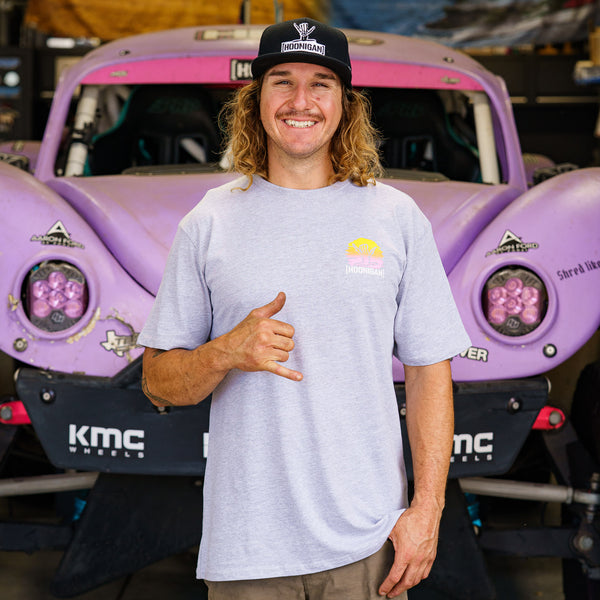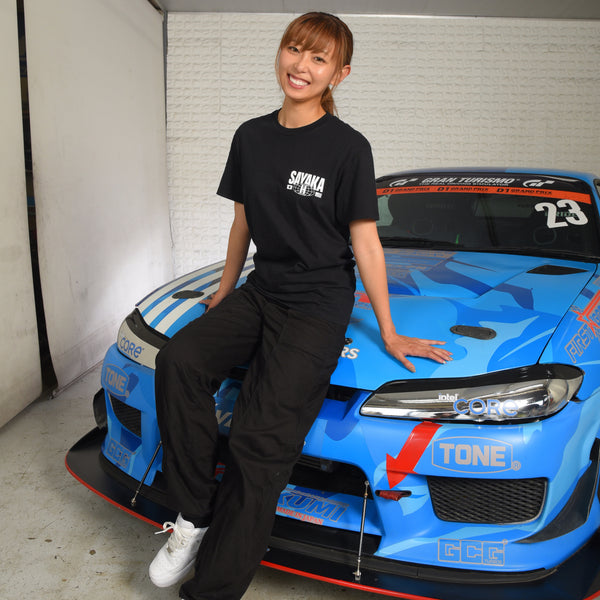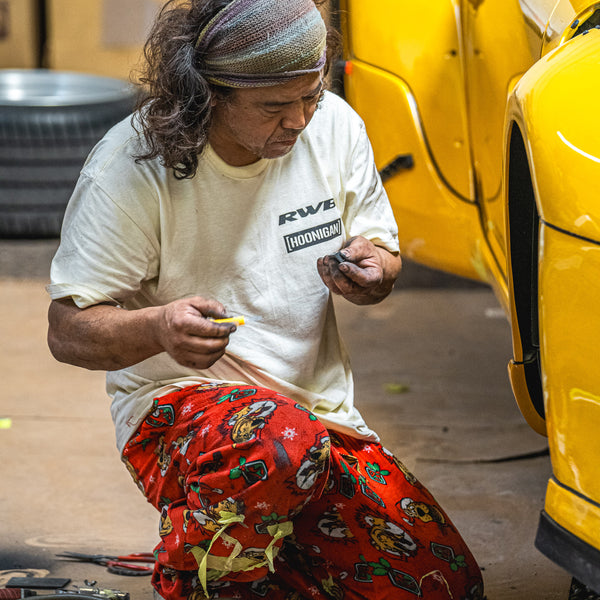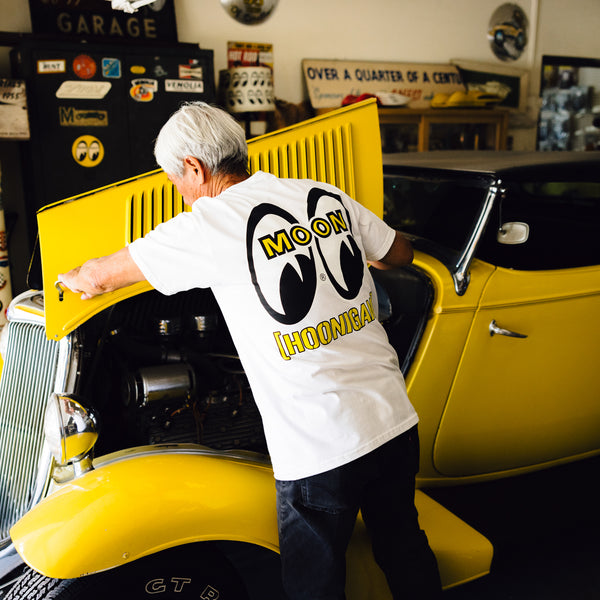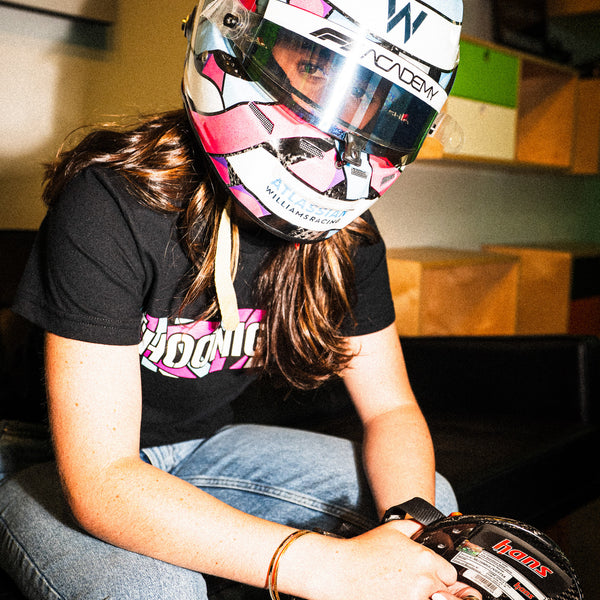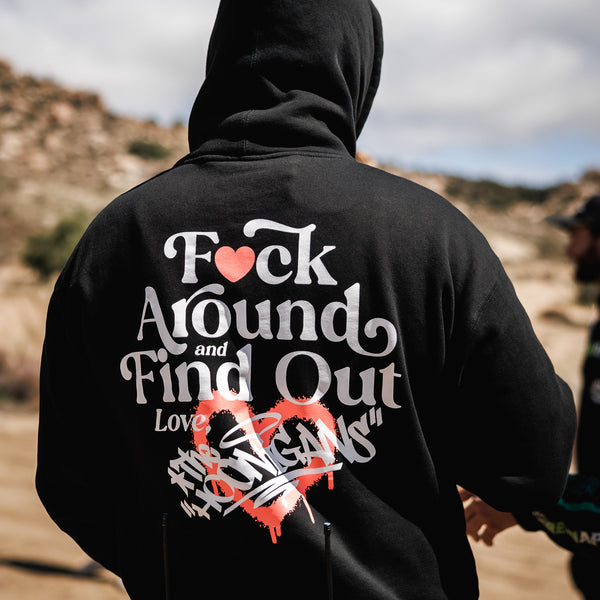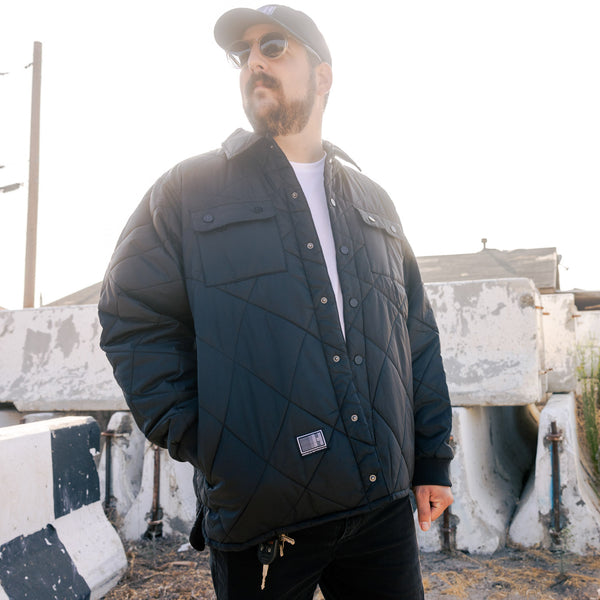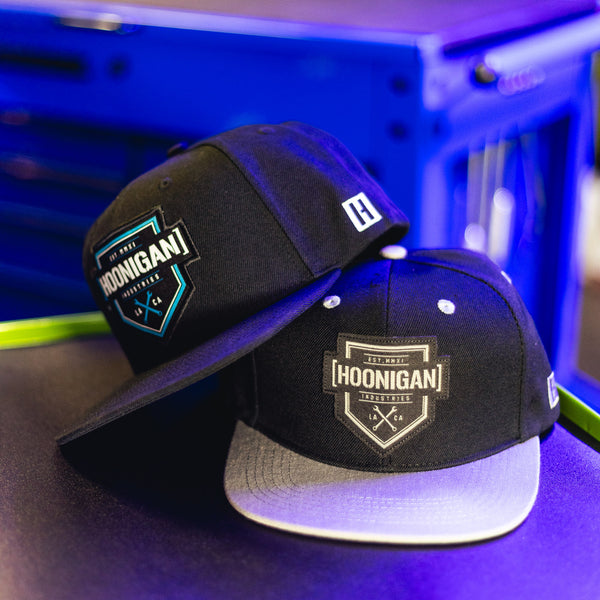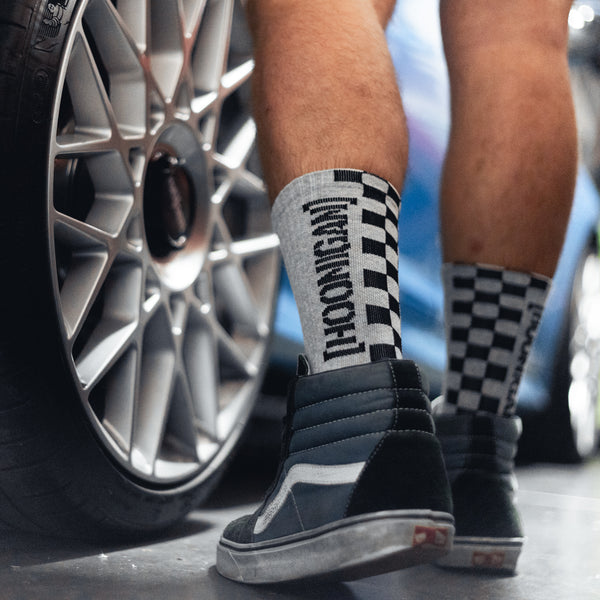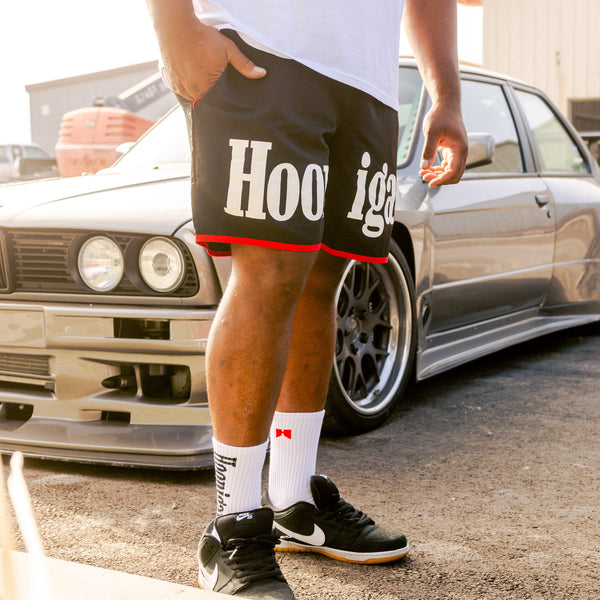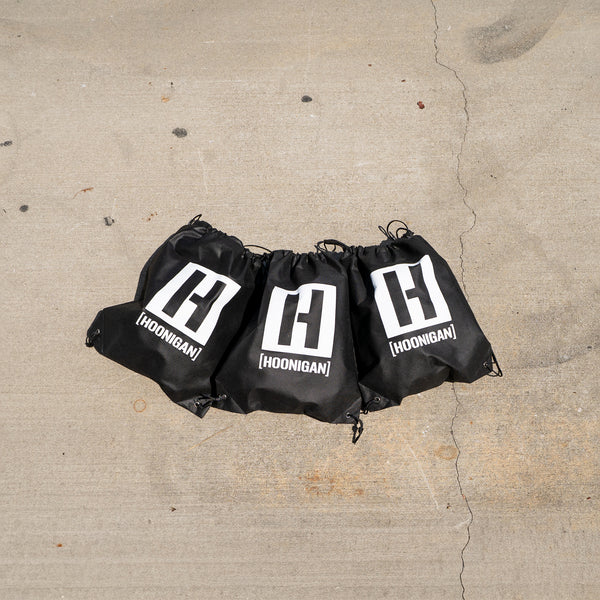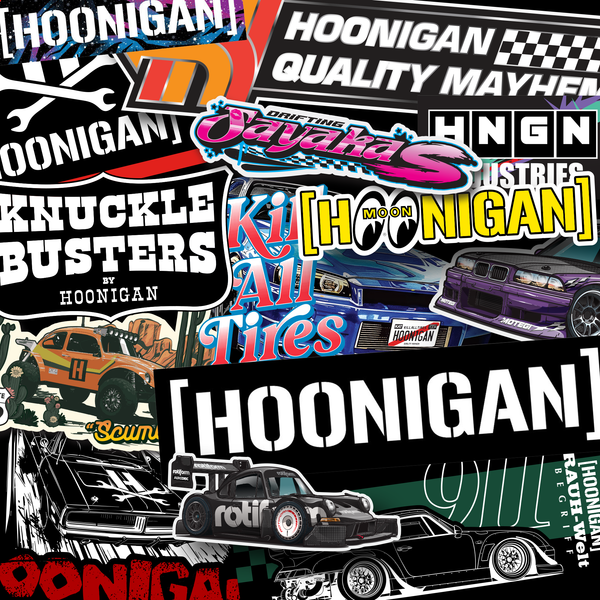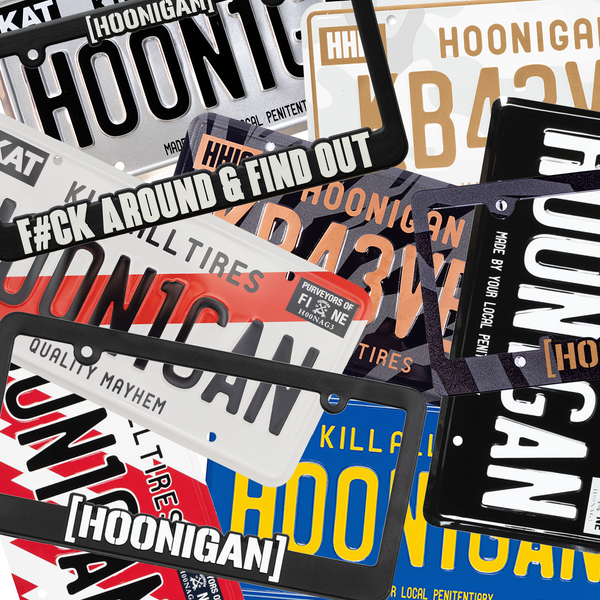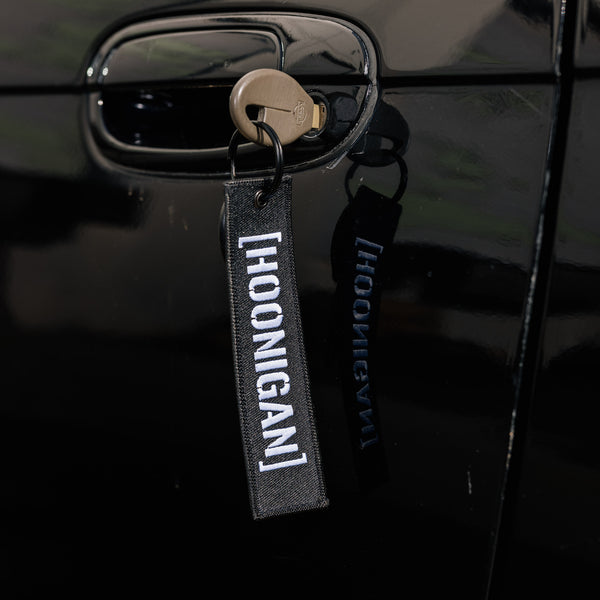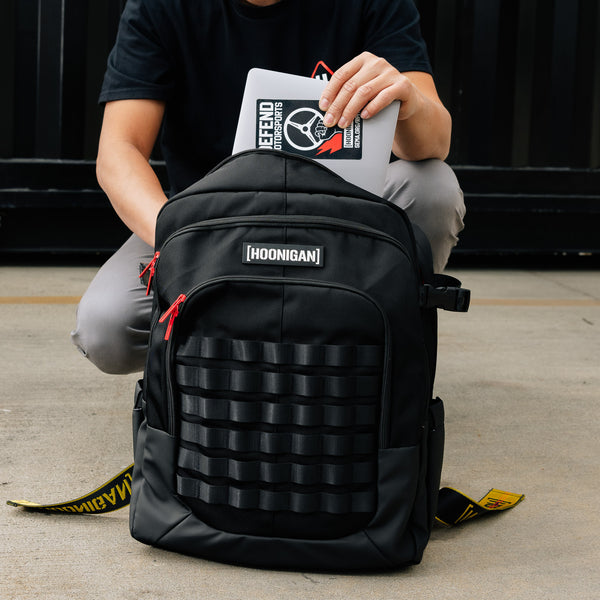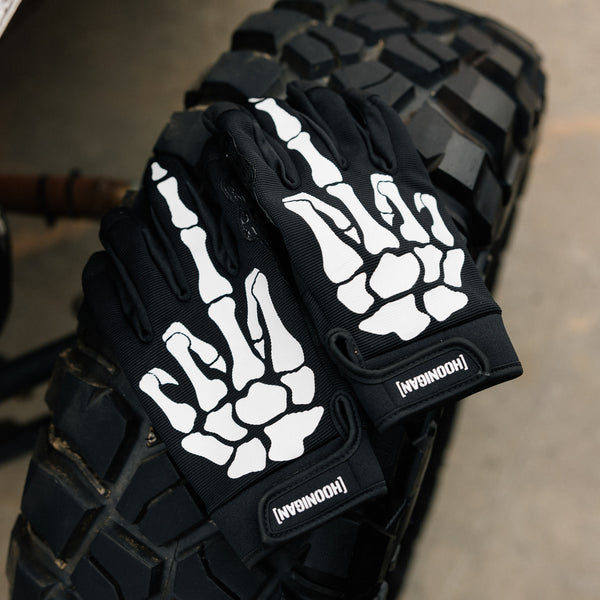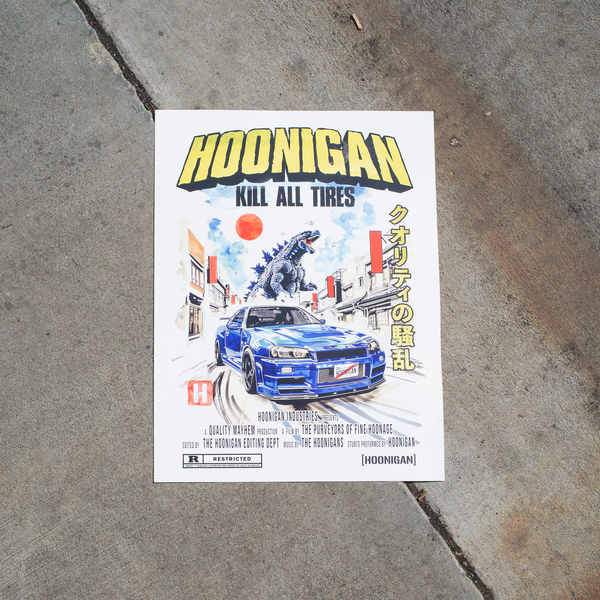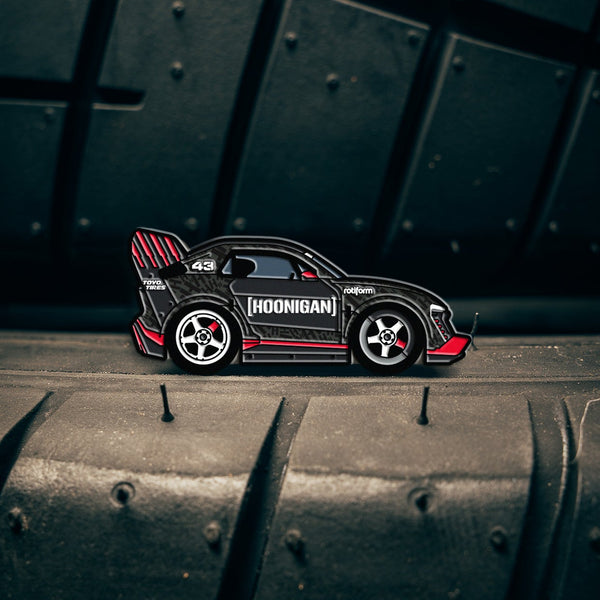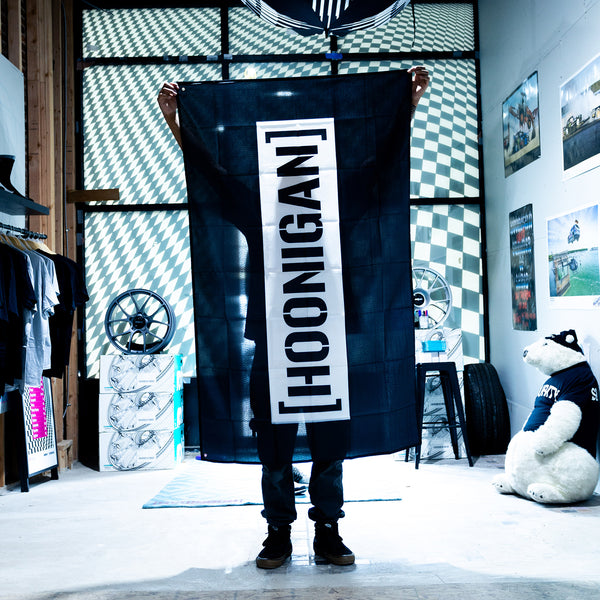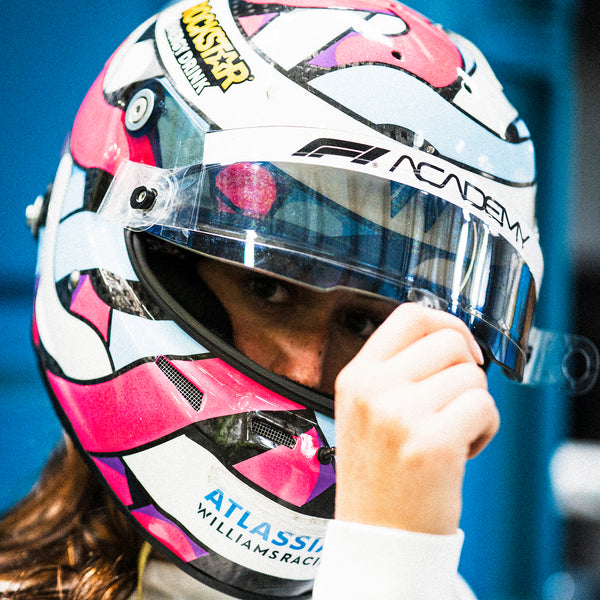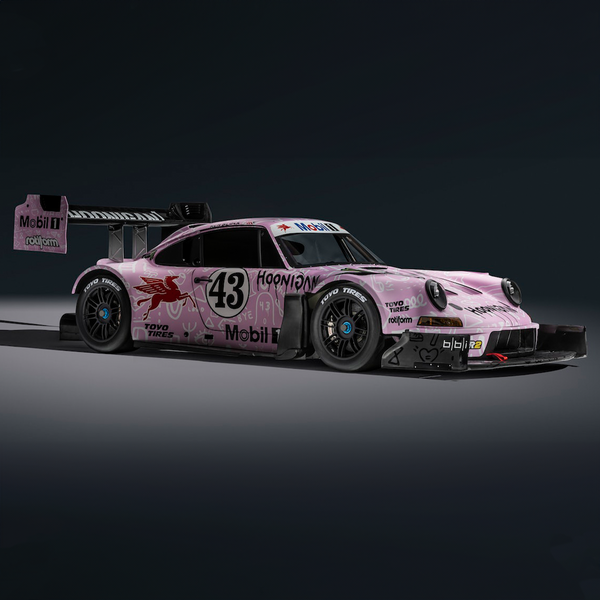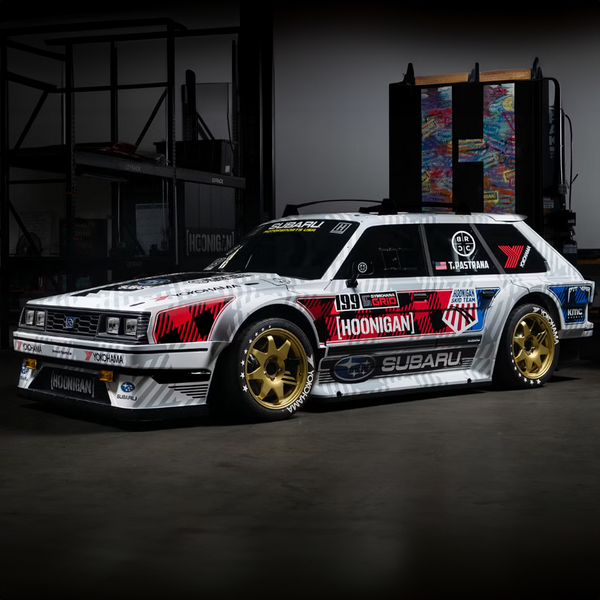It was only 11-years ago when a group of guys went out into the middle of Johnson Valley OHV in Lucerne, CA to race each other across the rock crawling features that define the Means Dry Lake area. From the OG13 to now over 300 entries over a week of racing, the King of the Hammers is much more than just a race.
Every February since 2007, a city rises from the dirt of Means Dry Lake. Roads and streets are marked, tents go up, and power and Wi-Fi are setup to create Hammertown, the base for the King of the Hammers. Outside of that fencing are the “badlands,” where spectators and some racers will camp out for the entire week while enthusiasts rip around to each feature at night to get their own KOH experience before the racers do. This isn’t just a racing event; it’s an off-road racing pilgrimage.
 |
 |
It didn’t start out that way, Dave Cole, co-founder and current president of Ultra4, and Jeff Knoll plotted out a race course at a bar one evening and decided to invite 50 to 60 drivers they felt would show up. Of those, only 11 would come out in traditional rock crawlers. Number 12 was someone who just happened to be there and wanted in on the fun when he was told about what they were doing. These were all just rigs built for hobby and fun driving; many still had leaf springs and resemble what you see there on a weekly basis right now. In the end, there was no prize money, just some hearty congratulations from Dave and a case of beer.
 |
However, these guys were promised one thing: they were always welcome to race in the King of the Hammers and be forever known as the OG13. Why OG13? Because that sounded better than OG12 did. Those original drivers don’t have to qualify, just show up and run whenever they want. That would set the precedent for anyone who won the Hammers from that point on. They can still qualify to get a position towards the front, but they are always guaranteed a spot in the big race.
Another part of the appeal of the King of the Hammers was that it was an invitation only race from the start. You had to earn your way towards that invite and word of mouth spread of the legend that Cole and Knoll started. There wasn’t even any media, spectators, or vendors. Instead, it was just the racers and a few volunteers. Even then, it was all stories and a few tall tales with amateur pictures and crude videos shot by crew members – compared to the media blitz we see now.

In 2008, Dave knew he needed to open up the event to offer something bigger. He invited Griffin Radiator to come watch in 2009 and before the end of that same race, they became the first major sponsor of the King of the Hammers for the 2010 event and remained that way until Nitto Tire took over the role in 2015.
Even if you’re used to going to Baja or the Mint 400, the King of the Hammers is a totally different experience. The course itself is a loop, much like the Mint, but a bit more compact. Everything you need is centralized within Hammertown. If you don’t want to go out to the features to watch trucks run, you don’t have to, as there’s a big screen right at the start/finish line so that everyone can watch in front of the giant fire pit. The fire pit itself has some history, as it was where all of the drivers would gather at the end of the first three King of the Hammers events.
The entire week from Saturday to Saturday is filled with excitement. It starts with the motorcycles, the King of the Motos. Essentially a two-day race, KOM takes place on a slightly modified version of the Ultra4 4400 Hammers course. From there, the next event is the King of the Hammers UTV race, where side-by-sides in both stock and modified configurations.
It’s not unusual for the UTV race to feature the largest field of the week since many drivers use it as a pre-run for the big race. However, you’ll also see many enthusiasts bring their own UTVs out to race as well. That means that your next door neighbor racing in the event might be competing against guys like Casey Currie, Tony Pellegrino’s GenRight team, Loren Healy, and the Campbell family. The relatively low cost and the off-road capabilities new UTVs have made the class the easiest and most accessible way to experience racing in Johnson Valley.


 |
This year, the UTVs were won by UTV veteran Mitch Guthrie, Jr. while his father, Guthrie, Sr., finished in third. The Guthries weren’t the only families in the UTV class as CJ and Johnny Greaves, who normally compete in short course off-road racing, drove in their first Ultra4 event. Casey, John, and Cody Currie as well as Bailey, Shannon, and Wayland Campbell, and Robby and Max Gordon were some of the families racing either against or with each other in the case of the Gordons.
If you’re anything like us, you may have already started to search for a UTV or motorcycle. Not so fast, you might already own a rig capable of racing these extreme rock features, But what if you don’t have an invite or 4400-class budget. No worries at all thanks to the Smittybilt Everyman Challenge. There are three classes, ProComp 4600 Stock, Rubicon Express 4500 Modified Stock, and the G2 Axle and Gear 4800 Legends.
Stock is where the average Joe’s rig, which might still be street driven, competes on a modified version of the big course that runs on Friday. While a few larger features are missed, the course is no less brutal. The 4500s and 4800s, which are more capable, run on a similar course as the 4400s. While winning the race is a prize for each class, the goal is earning a spot to race in the big one.
 |
 |
 |
 |
 |
While we’re glossing over the overall winners, which would each represent first place in their classes, we need to point out Jessi Combs driving the Savvy Off Road 4600 Stock Class Jeep Wrangler. She would finish an unbelievable third place overall at just over 37-minutes slower than second overall’s time. In a rig that could still be street driven with no bypass shocks, a wheel travel limit of 14-inches, and a 35-inch tire diameter limit. Those are all things that should have prevented her from finishing this close, let alone on the podium ahead of 116 other cars that include 4800 and 4500 class rigs.
 |
 |
There were also two other ways to enter the King of the Hammers during race week for all 4400-class cars. The first challenge was qualifying, drivers would race a small portion of the KOH course and line up by their times early Friday morning. If they didn’t qualify, then they had one last shot with the Holley EFI Shootout. The Shootout runs Ultra4s against the best of the Southern Rock Racing Series, making it an East versus West competition.
 |
 |
 |
 |
So, why make a big fuss out of these two types of rigs? At first glance, they look similar: a bunch of tubes with big V8s and four-wheel-drive. However, there is a difference between the Ultra4 4400s and the SRRS “rock bouncers.” For one, the bouncers are solely designed run up a tight, twisting path through the trails of the east coast. Most of them use solid front axles and utilize rear-steering like monster trucks do. This allows them to turn tight and maneuver between trees and rocks that make up most SRRS races. They also only run in shorter courses compared the 4400s, which race at least 200-miles during the KOH. So, it’s like comparing an IMSA endurance car versus a Pirelli World Challenge Car. Both have similar designs, but one is made to race for a long time where the other goes in shorter bursts.
 |
With all of this, you must realize by now that we haven’t even talked about the actual race; the King of the Hammers. This is the race to which all of these drivers strive to compete. It’s why over 50,000 people just come out in the middle of what is normally an ordnance practice range for the Twentynine Palms Marine Base. This is the big race.
 |
 |
While you can sit in Hammertown and watch the entire race from the big screen, getting out to each feature is the only way to experience KOH. It’s amazing to watch these rigs climb boulders that are nearly the same size as your passenger car tire or larger. You can get up close and personal as they scale “waterfalls,” sheer drops that are as deep as the average person is tall. These are all features that will break rigs going over them slowly and these guys are running a race pace. The parts you order for your truck right now, especially Jeep parts, were developed by these rigs on the Hammers course. Axles, radiators, suspension parts, tires, the King of the Hammers has influence across more forms of off-road racing than any other racing series on earth.
Every year, the racing continues to get more and more intense as well. Where podium finishes were once more than 10-minutes apart, now they’re one-minute apart after running four laps on a course that’s over 100-miles long. This is insane in terms of off-road racing and it’s why people enjoy the race.
Hopefully you can now see why the King of the Hammers is the ultimate one-day off-road race. Possibly even the ultimate race. Baja, the Mint 400, not even the Dakar Rally can possibly touch the intense and unique challenge that takes place in Johnson Valley. On the surface, it seems simple, but the KOH always proves to be a bigger challenge than most people realize. If you get the chance, go to the next one. There is something for anyone who’s into intense racing and breakthrough off-road technology.
[image-gallery] 












 [image-gallery-end]
[image-gallery-end]
Instagram: Larry_Chen_Foto
Larry@LarryChenPhoto.com


















































































 [image-gallery-end]
[image-gallery-end]